A tour de force aligning creative voices and visionaries, Michael Kazam acts as an Advisor at RTFKT Studios & Flooz, Partner at THE MINT, and produced the panel conversation “NFT- The Future of Art?” Founded in January 2020, RTFKT Studios crafts NFTs that have a digital and physical presence. As designers of next-gen sneakers, fashion, and collectibles, RTFKT is poised to outfit collectors for life in the Metaverse. RTFKT recently announced a collaboration with Takashi Murakami, a purple-haired avatar with Murakami’s iconic smiling rainbow motif sporting a jacket with the RTFKT lightning bolt. On November 30, 2021, the public sale of the avatar project CLONEX went live, following the tradition of CryptoPunks and CryptoKitties. As we await future offerings from the dynamic studio, we reflect on the discussion at Vienna Contemporary and the perspectival shift that media will undergo in the metaverse.
You have been deeply involved with photography for over two decades as a Partner at LE BOOK. As the media landscape is changing from film and photography into a digital-centric space, your role has also evolved and you are now an advisor to RTKFT Studios, Flooz, and a partner at THE MINT. What prompted your interest in NFTs?
I’m far from an NFT expert, but I have my two cents about it. I come from a background that’s very much in a world of commercial art. Bringing together brands and advertising agencies with creative services for marketing and communication needs, and historically, that was film and photography. So I’ve been intrigued by seeing how digital is changing the way that brands communicate.
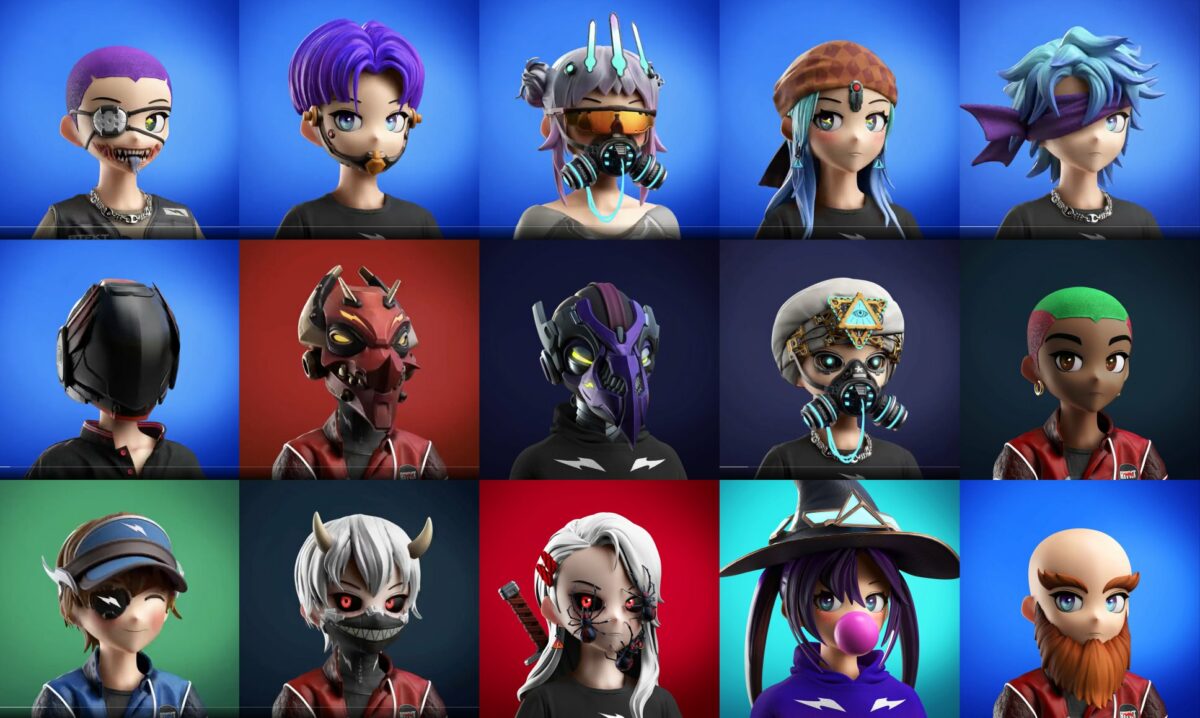
Image Courtesy of RTFKT Studios
What considerations were made in producing the panel discussion at Vienna Contemporary?
The metaverse is on the tip of everybody’s tongues… that was kind of what pulled me into this space and that’s how I got to meet some of the different panelists- mainly Benois who is with RTFKT and James at CYBR Magazine. And that developed into this conversation around whether or not digital art and NFT specifically, crypto art can be recognized as fine art and where that’s going in the future. My role is really just getting some interesting people together to have that conversation. The artists are Fernando (MGXS) and WEBB, and Benois while from a brand perspective fully in a native brand space that’s selling products collaborating with artists and other brands. James from CYBR [brought] a media perspective because he has a print magazine that’s also selling as an NFT and Edward from Known Origin which is a marketplace for your NFT. My role was more than anything else was curating the talk.
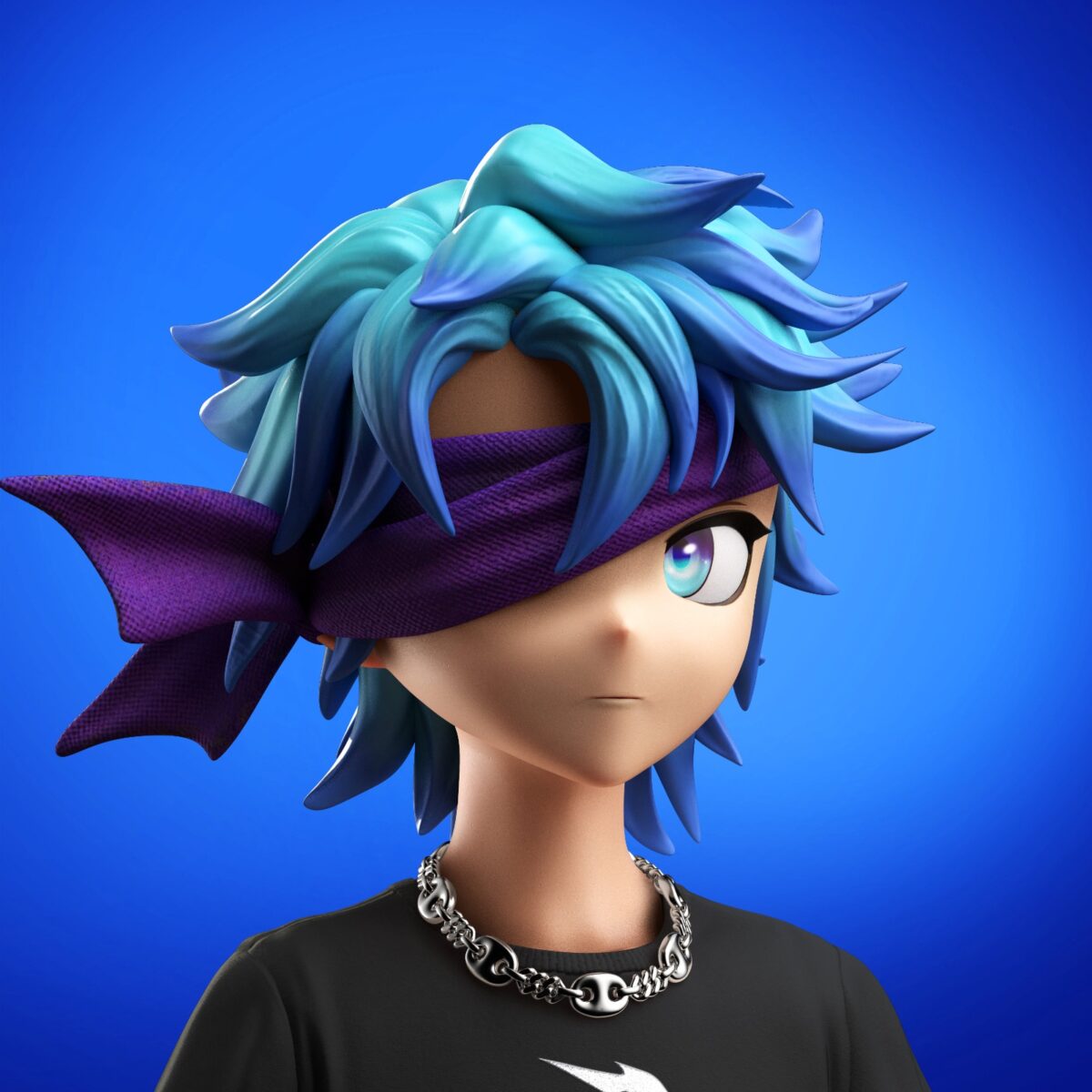
Image Courtesy of RTFKT Studios
ATARI OG x RTFKT
Video Courtesy of RTFKT Studios
ATARI OG
Video Courtesy of RTFKT Studios
ATARI OG
Video Courtesy of RTFKT Studios
The curation of the panel was truly instrumental in developing a well-rounded understanding of each facet of crypto art. The projects that RTFKT is developing are especially intriguing as they continue with the tradition of collectibles, a sentiment first experienced in the physical sense with baseball cards and anime and now explore fashion for the metaverse. How do you see the collectibles translate in the NFT space?
I think the success of it is related to this new generation of artists in many ways that are expressing their work through to so many different methods and just the possibility and their creative process and developing with animations, whether it be 3D, whether it be and things that are obviously don’t fall within the category of traditional media. So I think that’s the beauty of NFTs is that it does allow to create value around that type of work. Authenticity is obviously being recognized and really kind of riding on the coattails of the whole trend towards collectability and the desire for owning one-of-a-kind pieces. So, I think the fact that art exists in this matter, the fact that there is now this platform as NFTs to give it value and be able to sell it. I think that’s the momentum that that exists right now. I believe it’s going to continue. The fact that RTFKT as a brand is also able to kind of make that kind of tie that to physical pieces, reinforces it that much more with a broader audience that also wants to have something tangible, in addition to something that’s digital. So I think that’s why they’ve been successful in that and that kind of phenomenon and being able to capitalize on this cross-section of collectible fans.
With the ATARI OG collaboration there was a juxtaposition of fashion, gaming, and collectability. Do you think that trajectory will continue?
The fact that these NFT’s are also very often conceptualized with some gaming element or are actually tied themselves to gaming by being kind of keys to access different things in games that are out there. I think it’s that combination of factors that has really created all this momentum and leverage on other spaces that are very popular nowadays- crypto, gaming, and collectability.
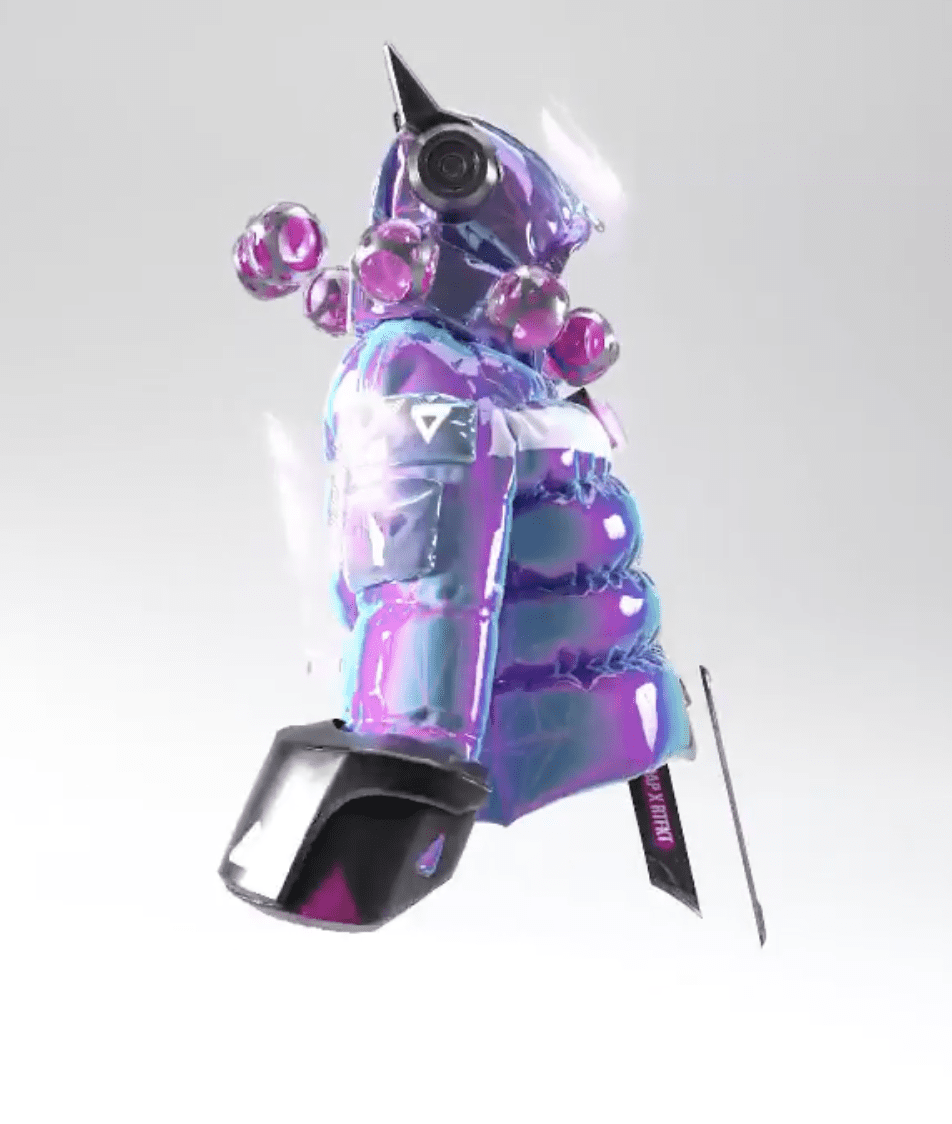
Image Courtesy of RTFKT Studios
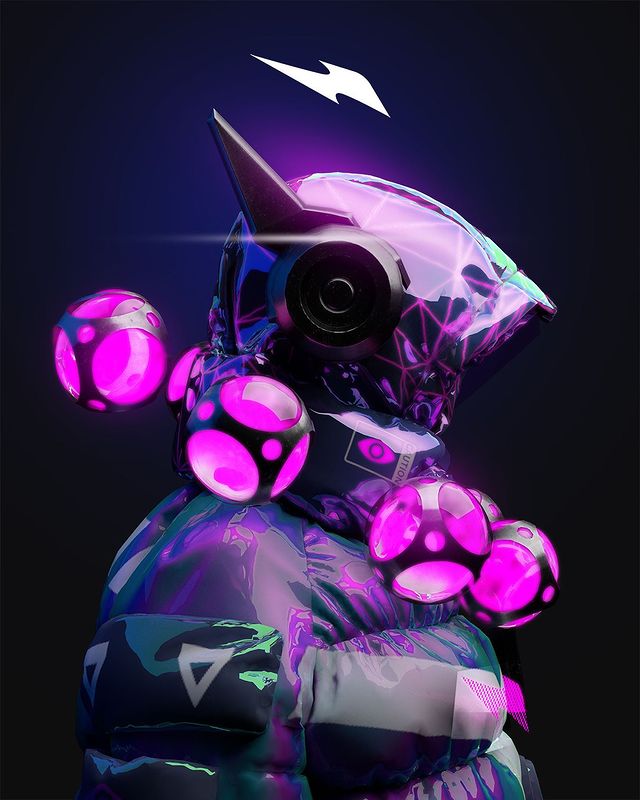
Image Courtesy of RTFKT Studios

Image Courtesy of RTFKT Studios

Image Courtesy of RTFKT Studios

Image Courtesy of RTFKT Studios
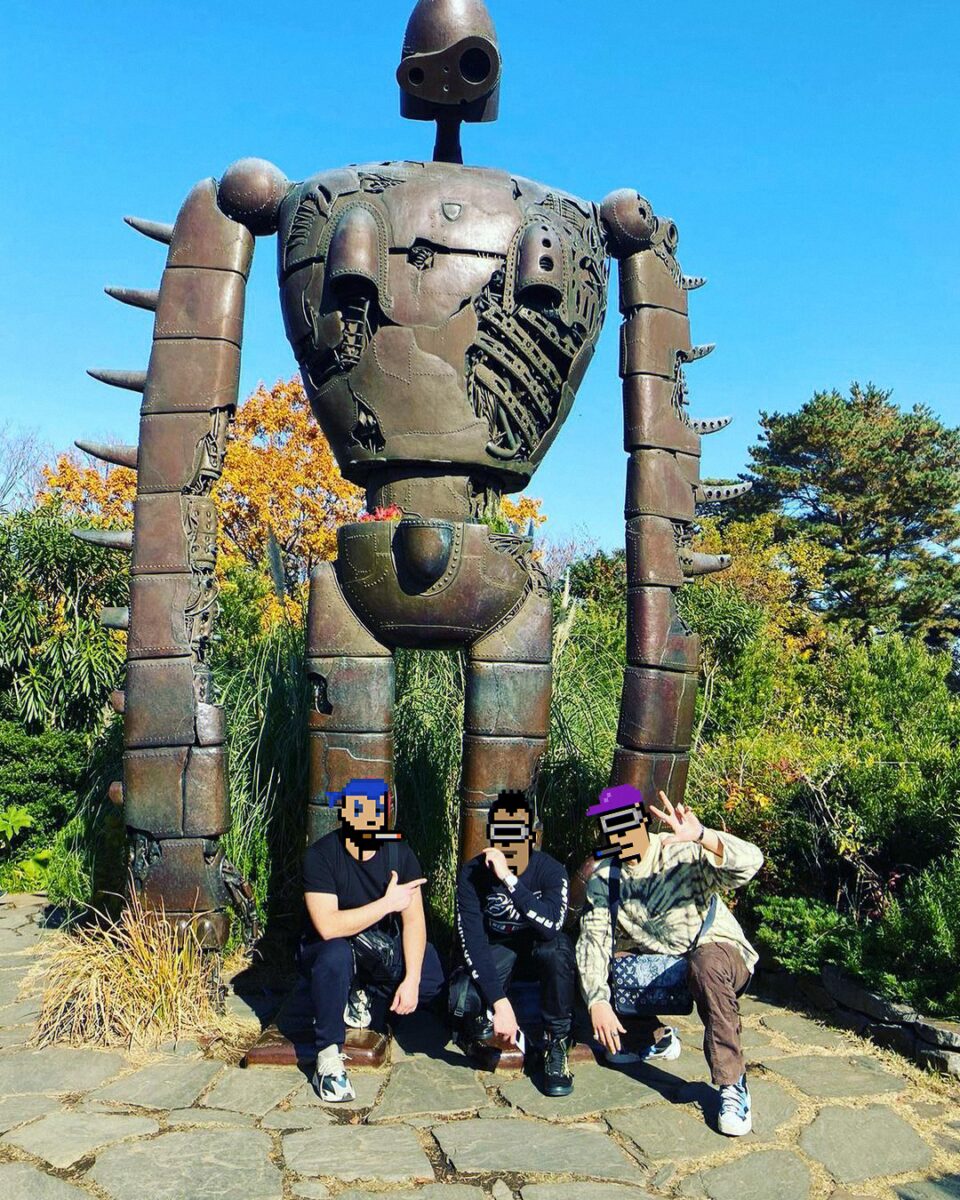
Image Courtesy of RTFKT Studios
When it comes to collectibles in particular, do you think there is a desire to obtain both the digital and the physical?
I think it’s a generational shift and it’s a psychological shift. I think there’s this whole concept of having digital assets have value is something that’s obviously relatively new. And I think now, it’s being recognized that the principal asset is this digital piece, because that’s where and getting the physical piece on top of that is always just recognized as a bonus. I think, just in terms like moving forward, I think it is that combination that really makes it quite successful because I think it’ll always be ultimately a desire to have something tangible.
How do you think the traditional white cube environment of art fairs and galleries will evolve and co-exist with emerging NFT programming?
I think ultimately, we will just continue to place more and more value on the digital, creative digital assets. So I definitely think it’s a shift. I think it’s also fair to say that if COVID didn’t exist, I think all of this would have taken a lot longer. I think since there was this phenomenon, where we’re all we were all enclosed for such a long period of time, where our devices were our best friends in a way that accelerated things significantly.
In my conversation with MGXS he indicated that NFTs and cryptocurrency are still in their infancy and similar to the early days of the internet we have yet to realize all that it’s capable of.
I think it’s transformational. I think that as technology continues to evolve, different products are released, and the whole concept of augmented reality becomes more and more present in our daily lives. These digital assets will just be more and more present, and the value that we put upon them will be a lot more present. I think the mass of work and the mass of creatives and the mass of content will just continue to grow. Our recognition of it and the value that we put upon it will continue to grow as well. Obviously, we’re, we’re seeing a bit of a boom and it’s kind of stabilized to some extent, but I think it’s gonna continue for quite some time and I think that it’ll just get broader and bigger and broader.
What are your thoughts on the sustainability of Ethereum?
I think that’s obviously gonna evolve as well and there’s a lot of concern because Ethereum isn’t necessarily the most eco-conscious currency that’s out there. That’s changing, supposedly next year, there’s a lot of advancements that are going to take place.
What do you think about the future of NFTs?
I think it’s just going become more part of our daily lives. I think that since we have a great opportunity right now, and we have access to some great talent, and some great artists that are going to be instrumental in defining the paths that it takes.
In what ways do you feel the Metaverse will shape our experiences?
I think it’s, it’s quite fascinating because it’s very multi-dimensional and very multifaceted. It’s not just a static piece on a wall, or it’s under the study piece on a wall, it’s something that these pieces can unlock many different things. For one, you know- it moves, it lives in some ways, and then it be can also be linked to many different things, whether it be entertainment or a variety of different things.
How do you see the role of the curator evolving?
It’ll find its place and I think if anything it’ll be that much more valuable. Curator, gallerist, agent- there are so many roles that are being not questioned but kind of redefining themselves. I think they all have their place so it’s going be interesting how they are figuring themselves out.
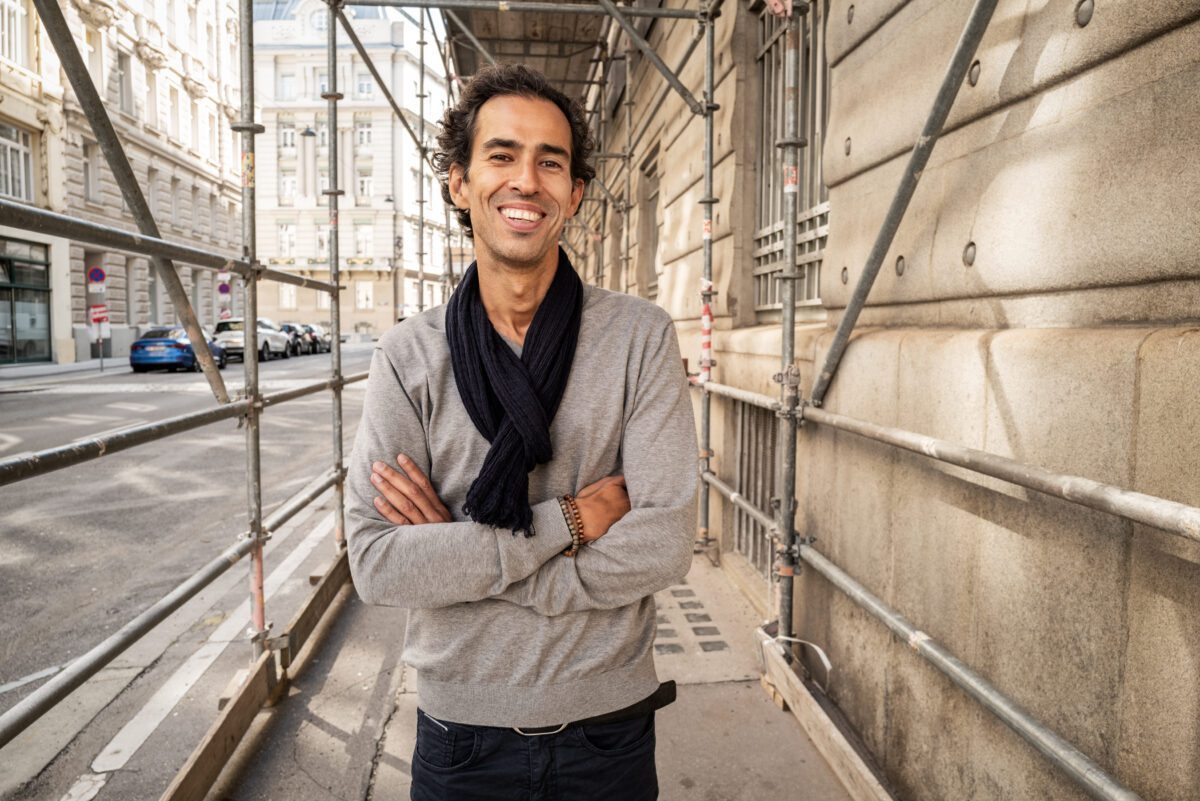
Photograph © Rainer Hosch
Featured Image: Michael Kazam in Vienna © Rainer Hosch for Installation Magazine, 2021
